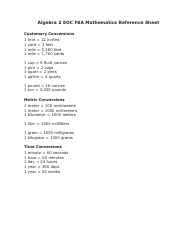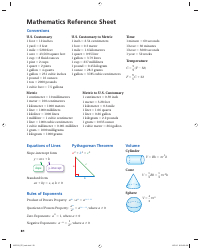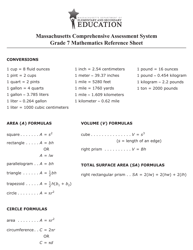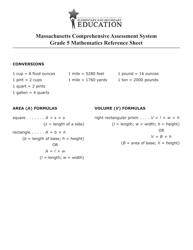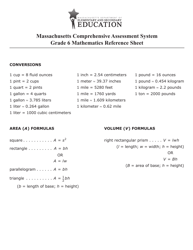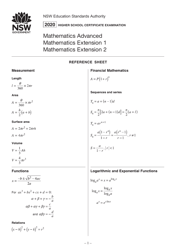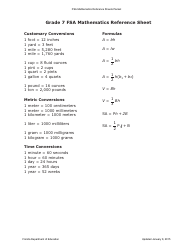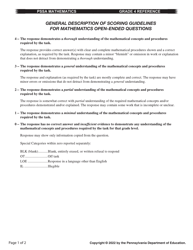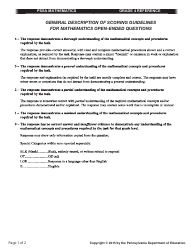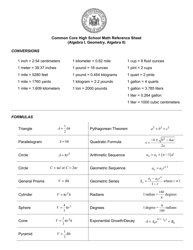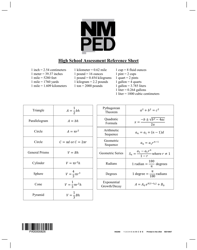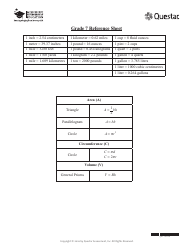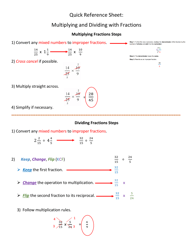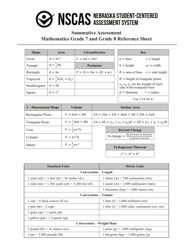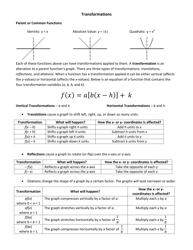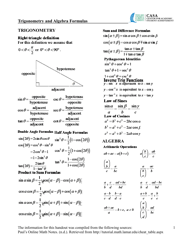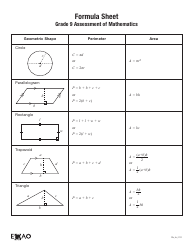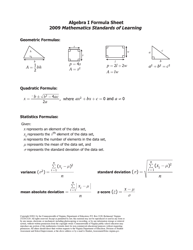Math Reference Sheet - Transformations, Congruence & Similarity
The Math Reference Sheet - Transformations, Congruence & Similarity is used as a tool to help students understand and solve problems related to geometric transformations, congruence, and similarity in math. It provides a quick reference and explanation of key concepts and formulas.
The Math Reference Sheet - Transformations, Congruence & Similarity is usually filed by teachers or students who use it for reference in their math studies.
FAQ
Q: What are transformations?
A: Transformations are changes made to a shape's position, size, or orientation.
Q: What is congruence?
A: Congruence refers to having the same shape and size.
Q: What is similarity?
A: Similarity refers to having the same shape, but not necessarily the same size.
Q: What are some examples of transformations?
A: Examples of transformations include translation, reflection, rotation, and dilation.
Q: What is translation?
A: Translation is a transformation that moves a shape without changing its size or orientation.
Q: What is reflection?
A: Reflection is a transformation that flips a shape over a line, creating a mirror image.
Q: What is rotation?
A: Rotation is a transformation that turns a shape around a fixed point.
Q: What is dilation?
A: Dilation is a transformation that changes the size of a shape, making it larger or smaller.
Q: What is the difference between congruence and similarity?
A: Congruence means two shapes are exactly the same, while similarity means two shapes have the same shape but can be different in size.
Q: Why are transformations important in math?
A: Transformations help us understand how shapes can change and how they are related to each other.
Q: How can I determine if two shapes are congruent?
A: Two shapes are congruent if they have the same size and shape, and their corresponding sides and angles are equal.
Q: How can I determine if two shapes are similar?
A: Two shapes are similar if their corresponding angles are equal and their corresponding sides are proportional.
Q: What is a dilation factor?
A: A dilation factor is the ratio of the corresponding side lengths in a dilation.
Q: What is the formula for a dilation?
A: The formula for a dilation is (x, y) -> (kx, ky), where (x, y) are the original coordinates and k is the dilation factor.





